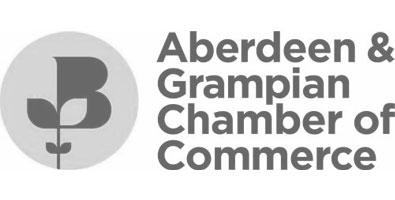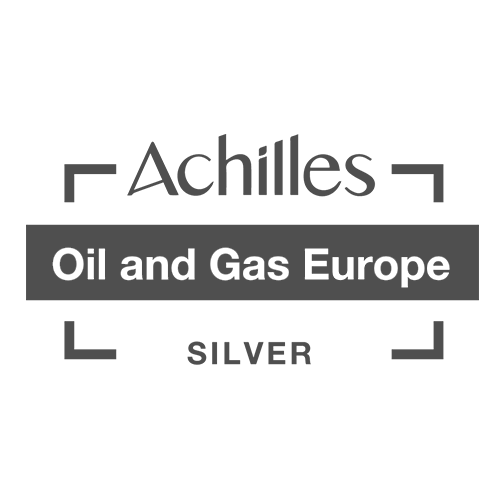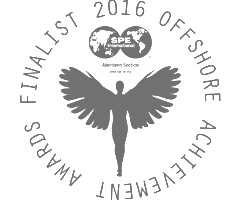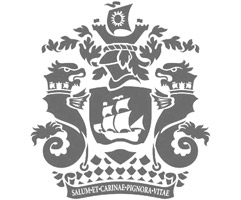
Research & Development
Innovative techniques and technologies
Innovative techniques and technologies are vital to overcome the ongoing challenges thrown at organisations in today’s tough and competitive marketplace.
These innovations are discovered through continual investment in the most advanced equipment and research and development. At MTL, we know creating new and unique ways of working gives us the opportunity to improve our services and deliver for our customers.
These innovations are discovered through continual investment in the most advanced equipment and research and development. At MTL, we know creating new and unique ways of working gives us the opportunity to improve our services and deliver for our customers.
Micro Remotely Operated Vehicles (ROVs)
For the last decade MTL has been supporting the use of micro ROVs to undertake class approved autonomous ballast tank inspections on FPSOs. This means we have gained a solid understanding of the challenges faced in utilising ROVs and can advise our clients effectively to ensure inspections are carried out with optimal efficiency.
Unmanned Aerial Vehicles (UAVs)
In addition to our ROV work, we have also been actively following the development of UAVs and, encouraged by the rapid development of UAV technology and the eagerness of operators to adopt drones to improve inspection efficiency, MTL has undertaken a program of research and development to better understand the capabilities and limitations of using UAVs for cargo and ballast tank inspections.Utilising our virtual reality training facility and bringing together some of our top naval architects, 3D computer-aided designers and software developers, we have created a highly accurate virtual reality environment to simulate a wide range of drone inspection scenarios. Using this simulation, we can demonstrate the opportunities and challenges associated with UAV inspection. This enables us to advise on the appropriate use of this technology and identify scenarios where efficiencies are possible. If you would like to learn more, we would welcome the opportunity to discuss our findings and allow interested parties to experience the simulation first-hand.
Water Back Welding
As an FPSO ages, an increasing number of defects can develop in the hull structure with issues below the waterline particularly challenging to address. As dry docking may not always be a financially viable option for fixing defects below the waterline, alternative methods are highly sought after.Welding
MTL identified that welding afloat with a water backing, or water backed welding, could be a solution to this problem. We undertook extensive research and in-house welding trials from our headquarters in Kintore to better understand this technique and its associated challenges.
A thorough examination took place using a bespoke welding test tank connected to an industrial water chiller unit, allowing the simulation of the conditions and flow rates found offshore. Multiple welding variables and environmental conditions were examined to understand their impact on weld quality.
By fine tuning the process and the introduction of specific controls for several variables, we were able to conduct successful welding trials which passed all non-destructive and mechanical testing requirements witnessed and approved in accordance with internationally recognised welding standards. We are now successfully deploying this technique globally.
Get In Touch
Contact us today to see how we can help you.





